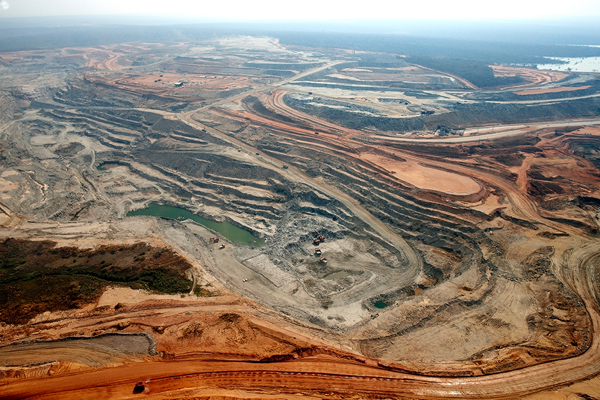Canada’s Barrick Gold has said it will suspend operations at its Lumwana copper mine in Zambia after the country increased mining royalties from 6% to 20%.
The world’s largest gold producer says the new tax regime expected to go into effect on [Jan.1, 2015] has left the company “no choice” but to initiate the process of halting operations at its open pit mine.
“Despite the progress we have made to reduce costs and improve efficiency at the mine, the economics of an operation such as Lumwana cannot support a 20% gross royalty, particularly in the current copper price environment,” said Barrick’s co-President Kelvin Dushnisky.
Major job cuts at the mine, which employs about 4,000 people directly, are planned to begin in March
Major job cuts at the mine, which employs about 4,000 people directly, are planned to begin in March, following the legally required notice period for putting the mine in care and maintenance, Barrick said.
The Toronto-based company also revealed it expects to record an impairment charge related to Lumwana, acquired when it bought Equinox Minerals Ltd. in 2011, in the fourth quarter of this year.
All operations at Lumwana, located in Zambia’s Northwestern Province, should be fully cancelled by the second quarter of 2015, Barrick added.
The Southern Africa nation is one of the world’s key copper producers and Barrick’s decision to shut Lumwana makes the miner the first to react to Zambia’s new royalty rates.
In the first nine months of this year, the mine produced 138 million pounds of copper at C3 fully allocated costs of $2.98 per pound. The mine had 6.6 billion pounds of copper in reserves as of December 31, 2013.
Barrick had warned in October that it would consider suspending the mine if the Zambian government didn’t change the proposed new tax system, as it would threaten the operation’s viability. SOURCE: Mining.com





